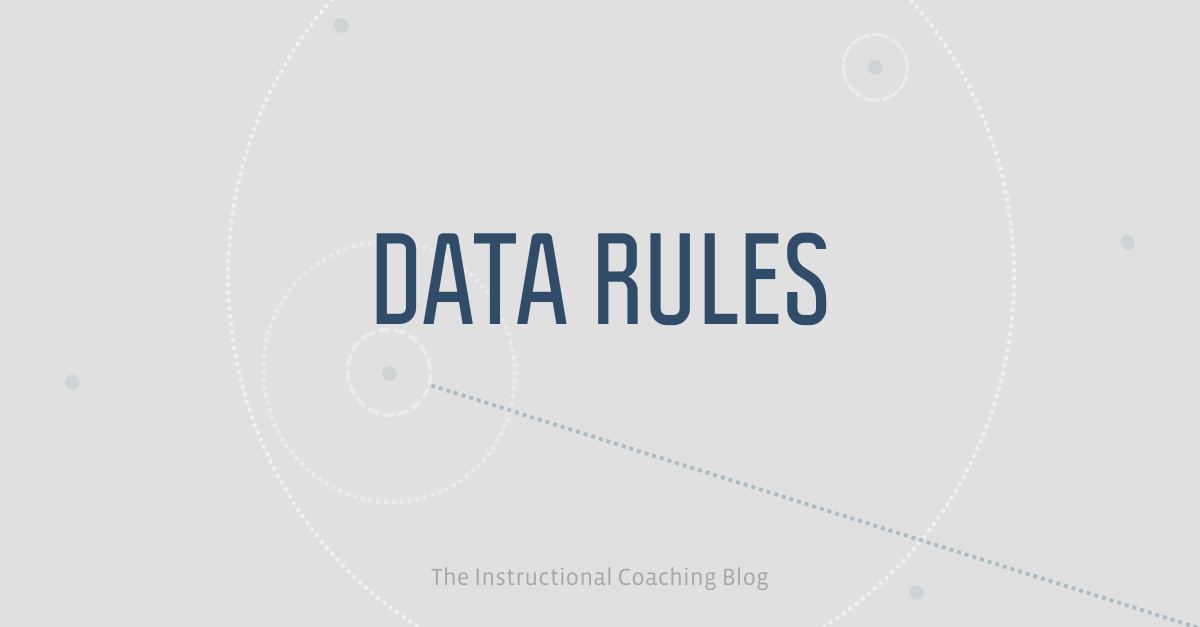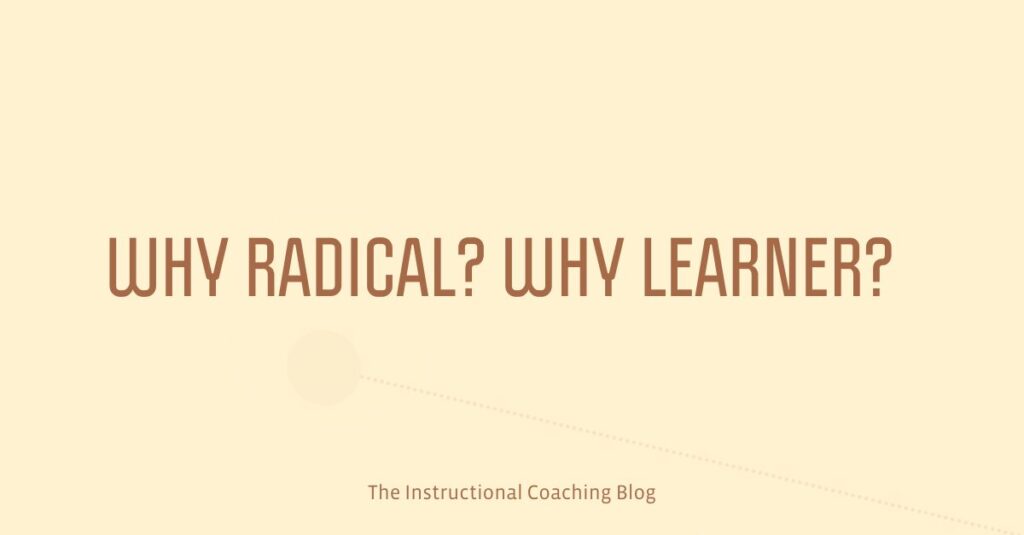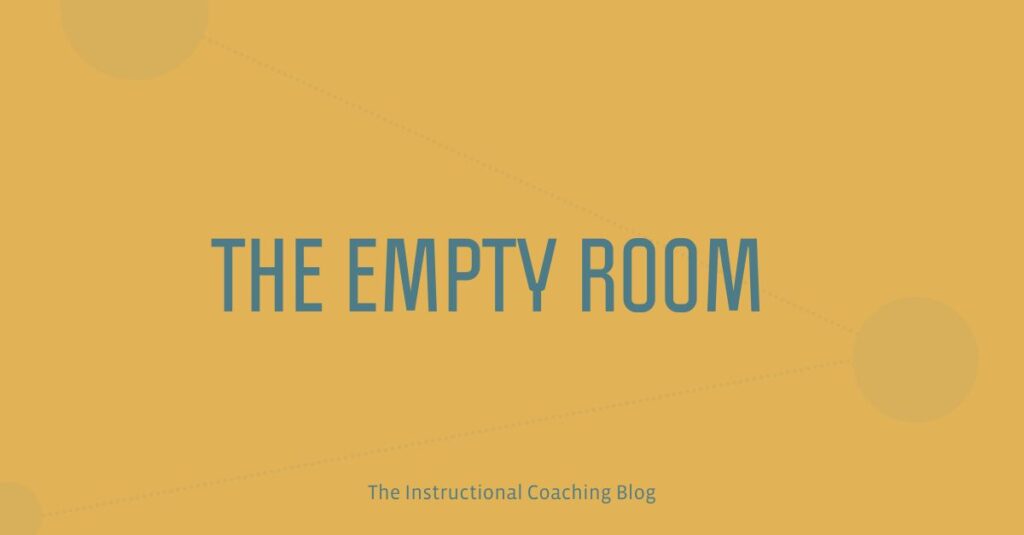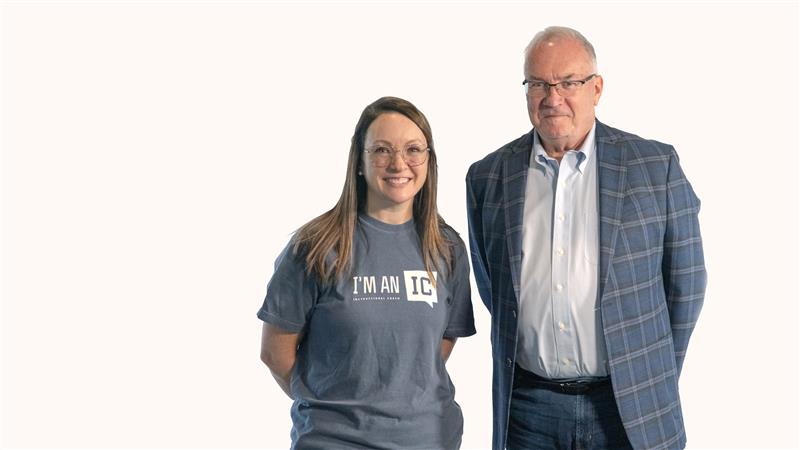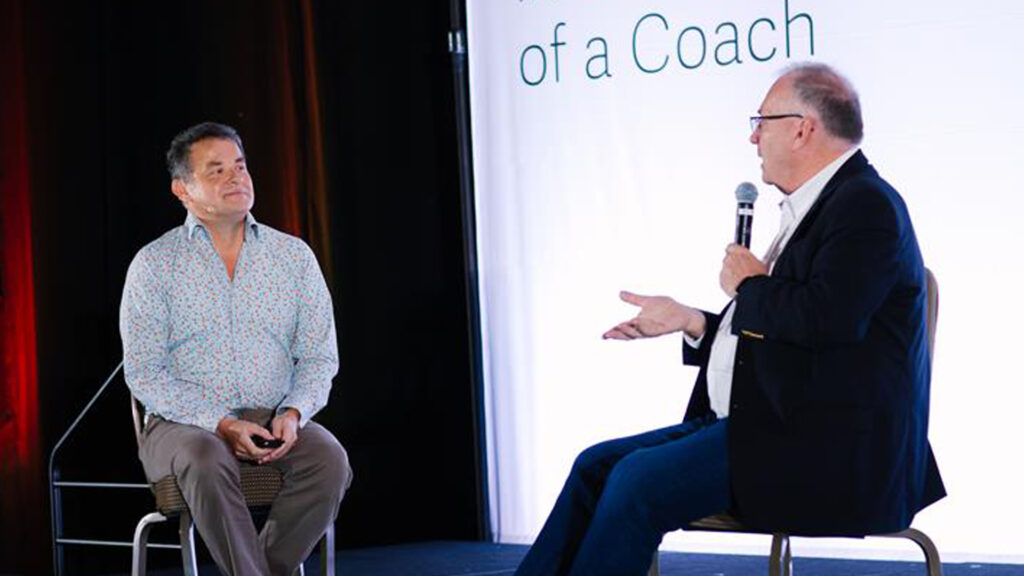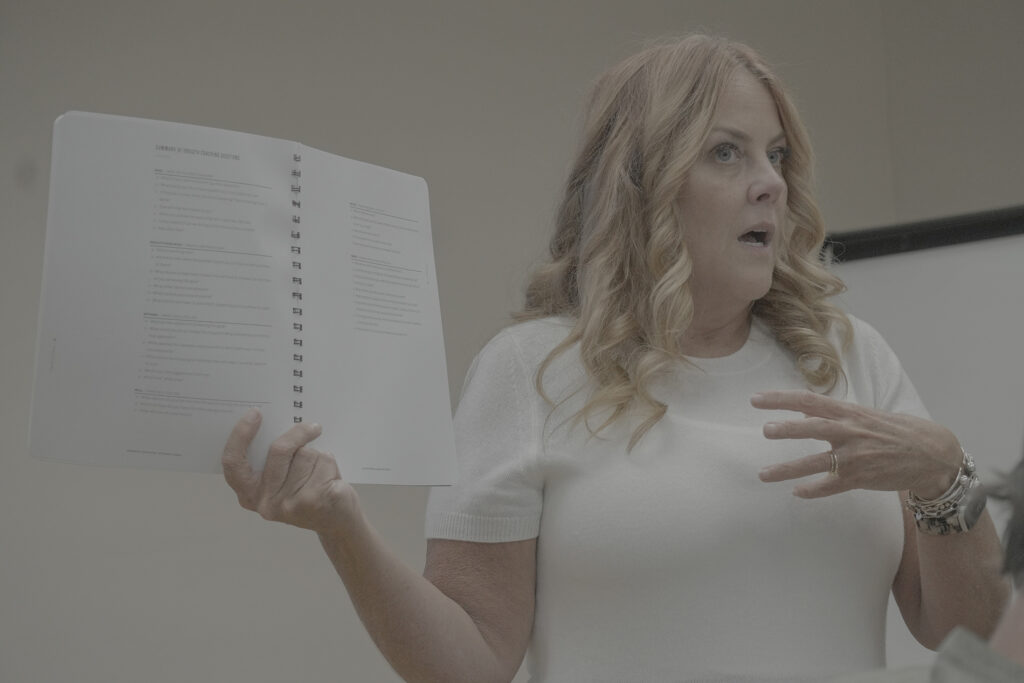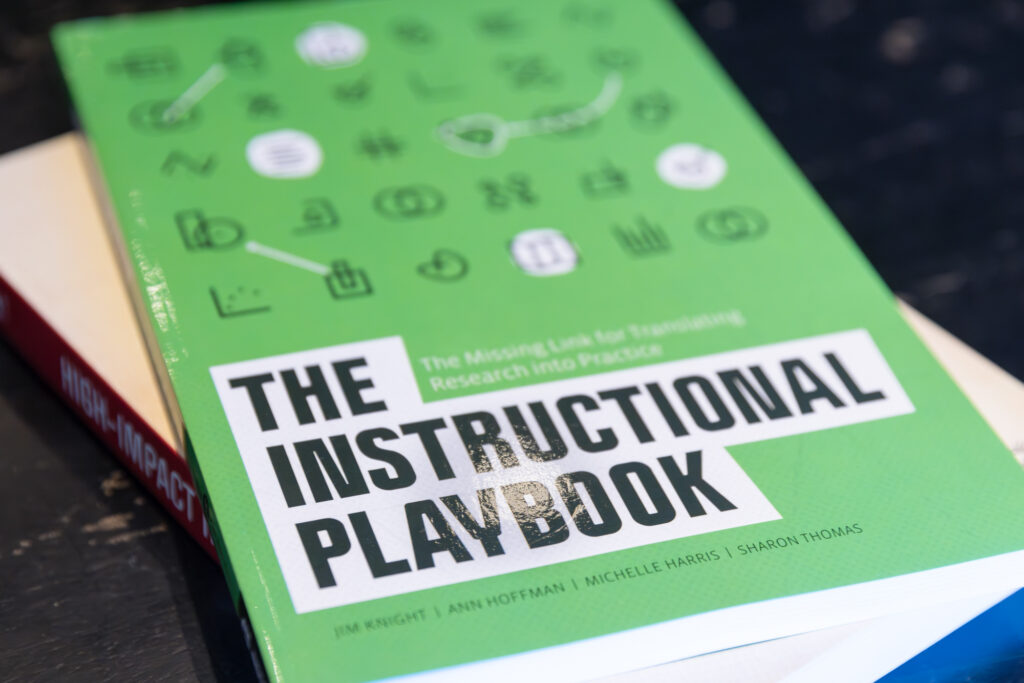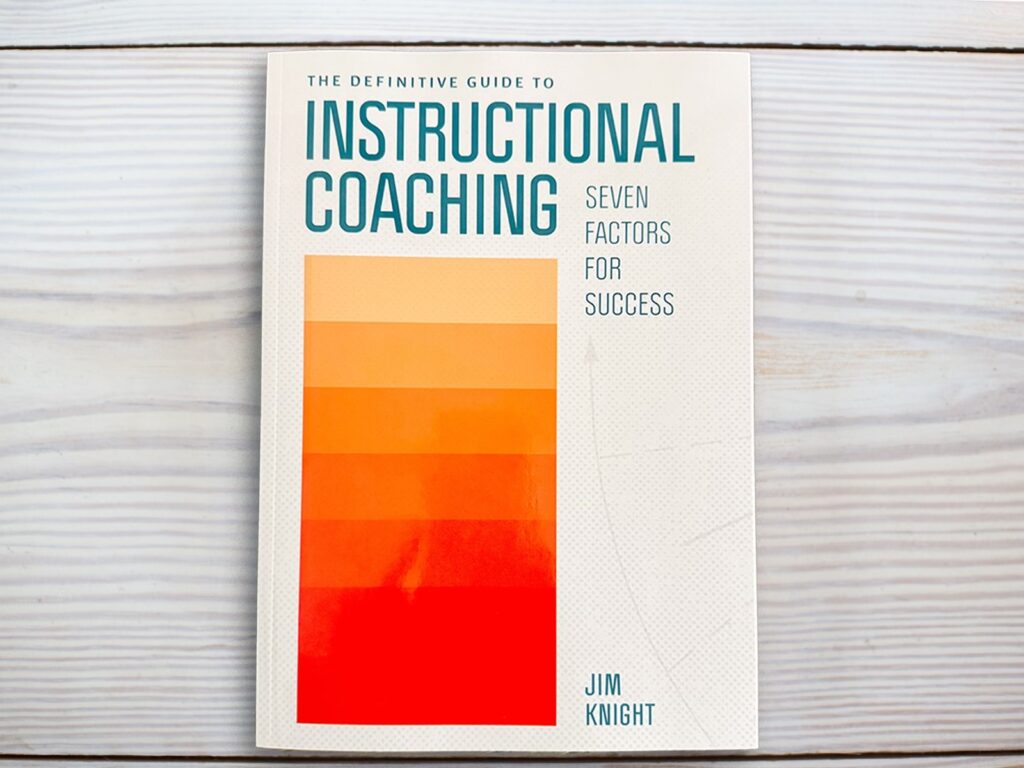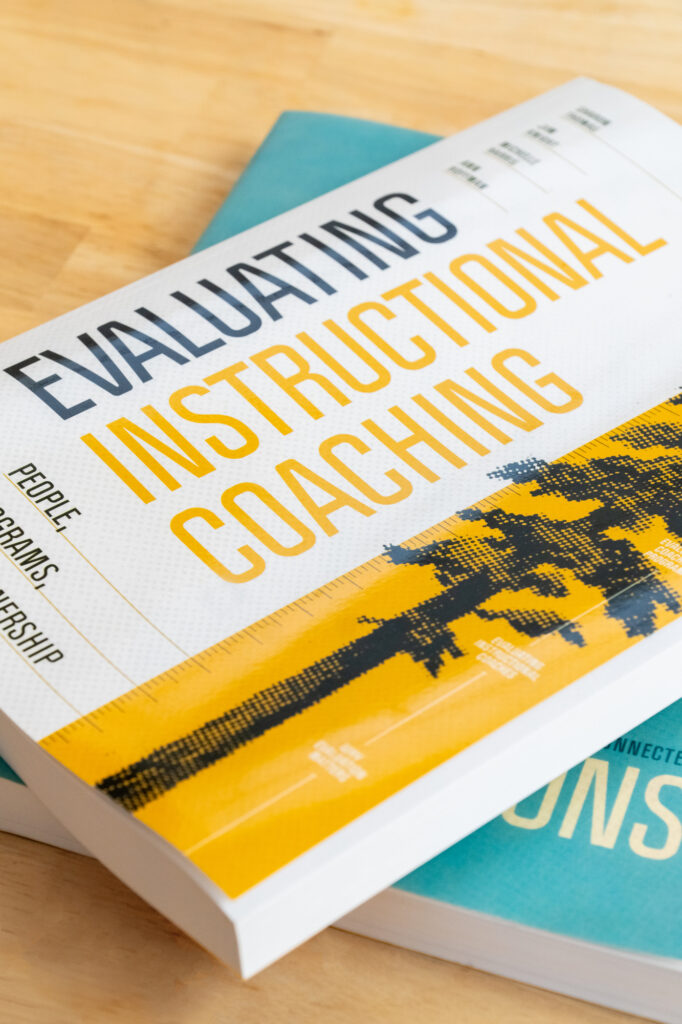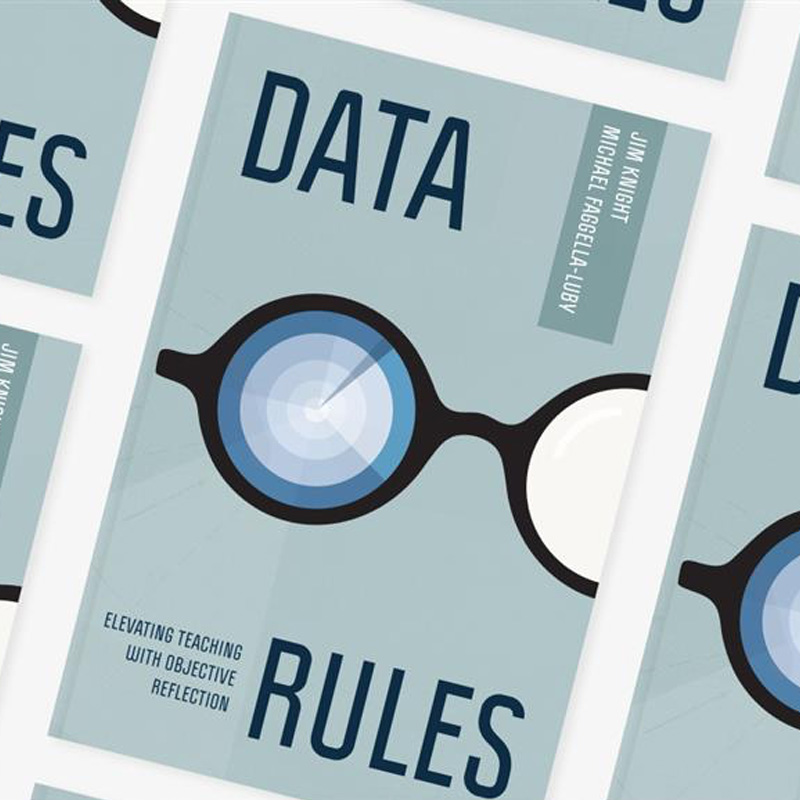Gathering data is one of the most crucial components of the Impact Cycle. Data allow teachers and coaches to establish a clear picture of current reality and measure the effectiveness of the strategies being implemented. However, gathering useful data can be tricky, so I’ve laid out a set of rules below that can help coaches and teachers get the most out of their data.
1. Data Should Foster Hope
Data can help teachers identify a preferred future by shining a light on particular aspects of student learning and behavior. Used effectively, data help teachers (a) identify what they hope for, (b) measure the effectiveness of the pathway to the goal, and (c) build agency by showing what progress is being made.
2. Data Should Be Tied to Professional Learning
For teachers to have hope, they need to use data to identify a pathway that will enable them to move toward their goal,, and then they need to use data to monitor progress until the goal is met. If teachers don’t see a pathway to their goal, they won’t feel hope. Professional learning helps teachers identify and follow pathways to their preferred futures.
3. Data Should Be Chosen by the Teacher
Teachers are best motivated, and consequently learn the most, when they choose data gathered during coaching. This doesn’t mean that a coach can’t suggest types of data to be collected. But in some cases teachers won’t know what data to gather and, therefore, need suggestions from their coach. Effective coaches master the art of suggesting types of data while still positioning the teacher as the decision maker in the conversation.
4. Data Should Be Objective
The difference between objective and subjective data is clear if you watch the Winter Olympics. During speed skating, for example, where the data are objective, whoever makes it to the finish line in the shortest amount of time goes home with the gold medal. Since the data are objective, assuming everyone is judged to have raced fairly, there are few controversies about who wins. This is how objective data work. There is very little opinion involved; data are what they are.
During figure skating, however, where the data are subjective, the experience is quite different. Figure skaters, or at least figure skating commentators, often criticize the subjective way in which skaters are scored. Since subjective data, by definition, involve the observer’s opinion, conversations about subjective data can turn away from what actually happened and toward whether or not a given opinion is accurate.
Objective data are not personal—they are factual. When coaches gather and share reliable, objective data, their opinion shouldn’t guide the conversation; they are just reporting the facts. Objective data keep the focus where it should be, on students and teaching.
5. Data Should Be Reliable and Mutually Understood
When different coaches gather the same type of data and get the same results, we say that their results are reliable. As a general rule, researchers strive for a reliability score of higher than 95%.
In coaching, reliability can have a slightly different meaning. During coaching, it is most important that the coach and teacher agree on what data to gather, how to gather the data, and why the data are gathered. There should be no surprises when it comes to data gathering. One way to increase mutual understanding in this area is for the coach and teacher to create a t-chart that depicts examples and non-examples of data. I’ve included an example below.
6. Data Should Be Valid
Valid data measure what they are intended to measure. For example, a valid measurement of whether or not someone can ride a bicycle is watching them ride, or fail to ride, a bike. Asking them to complete a multiple-choice test on bicycle riding would be less valid. So too in the classroom. Teachers and coaches need to make sure that the data they gather actually measure what students are supposed to be learning.
7. Data Should Be Gathered Frequently
A GPS that only tells us when we have arrived at our destination wouldn’t be of much help. The same is true for data gathered in the classroom. Data won’t help teachers and coaches monitor progress if they are only collected once or twice a year. Data need to be gathered at least weekly. The feedback provided by frequently gathered data is necessary because teachers usually need to adjust the way they use strategies until those strategies help students move closer to their goals. Data only help us see what is working and what needs to change if they are gathered frequently.
8. Data Should Be Gathered by Teachers When Possible
Coaches have told us that when teachers gather and analyze their own data, they are much more likely to accept the data and change their behavior accordingly. The easiest way for teachers to do this is by video recording their lessons. Video recordings are also helpful because observers can re-watch segments of a lesson to clarify what happened. When the observer is the teacher herself, such data can especially lead to powerful learning.
9. Data Should Be Easy to Gather and Review
Teaching is time-intensive, complicated, emotionally complex work, and a perfectly crafted rubric that takes hours of time and thinking to implement may easily be tossed aside as being too difficult to use. When teachers decide what data to gather, they should consider whether the assessment is worth the effort. The best assessments are powerful and easy, revealing great insight into students’ well-being or learning while also being easy to administer.
10. Data Should Be Validated by Research
Conversations about data are not productive if the data being gathered have little impact on student achievement or well-being. We suggest prioritizing data that aligns instructional practices validated by research with areas of desired improvement in student outcomes.
Read more about Data in Jim Knight’s new book Data Rules: Elevating Teaching with Objective Reflection.
